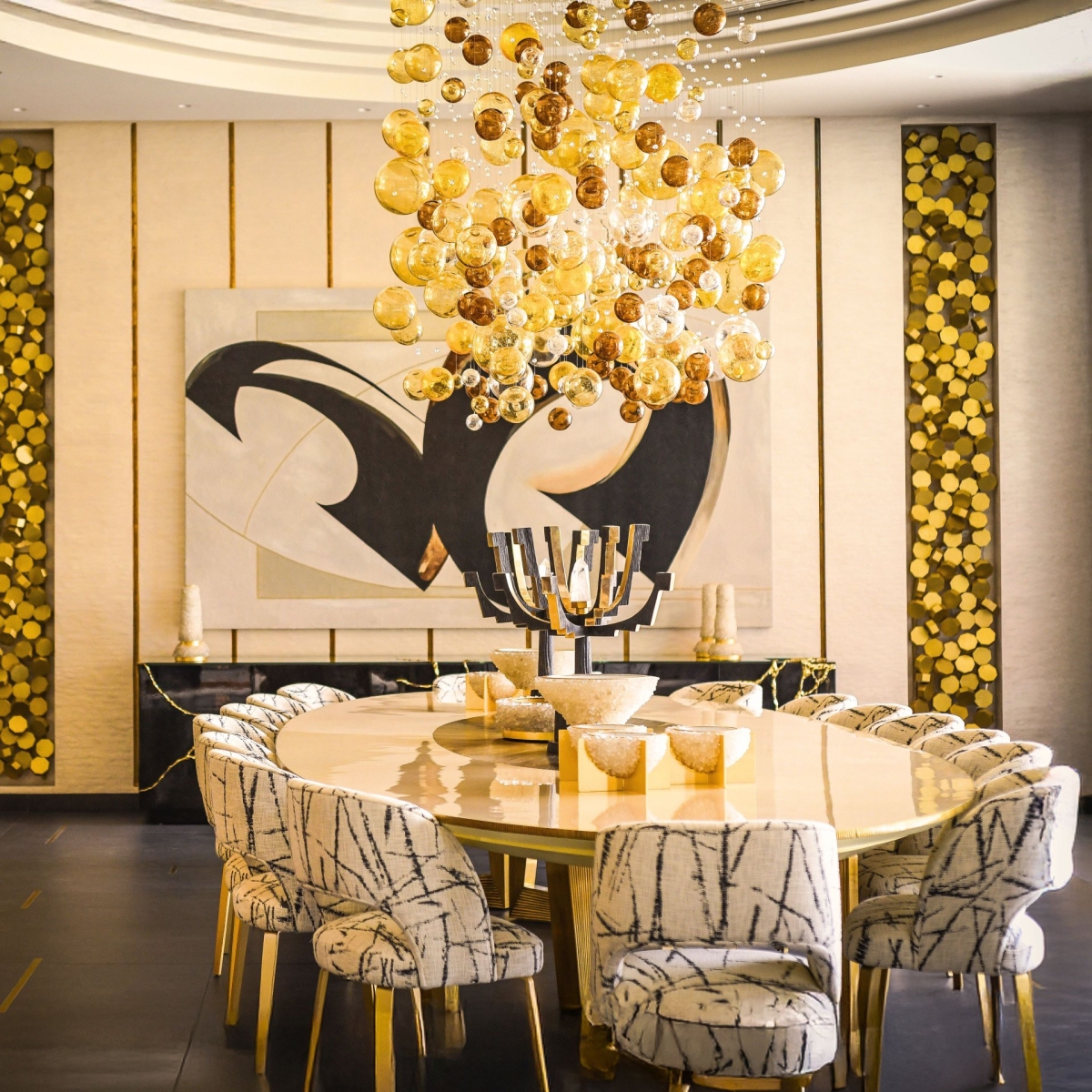
Riyadh – Saudi Arabia
Go to content Go to main menu Go to search
What is your vision? At Preciosa, we individually cultivate lighting options for
a variety of spaces. From private luxury residences and opulent villas to large
hospitality projects, we take inspiration from the genius loci to create bold
and beautiful light installations. What is the lighting vision for your space?
We’ll help you bring that dream to life.

Riyadh – Saudi Arabia
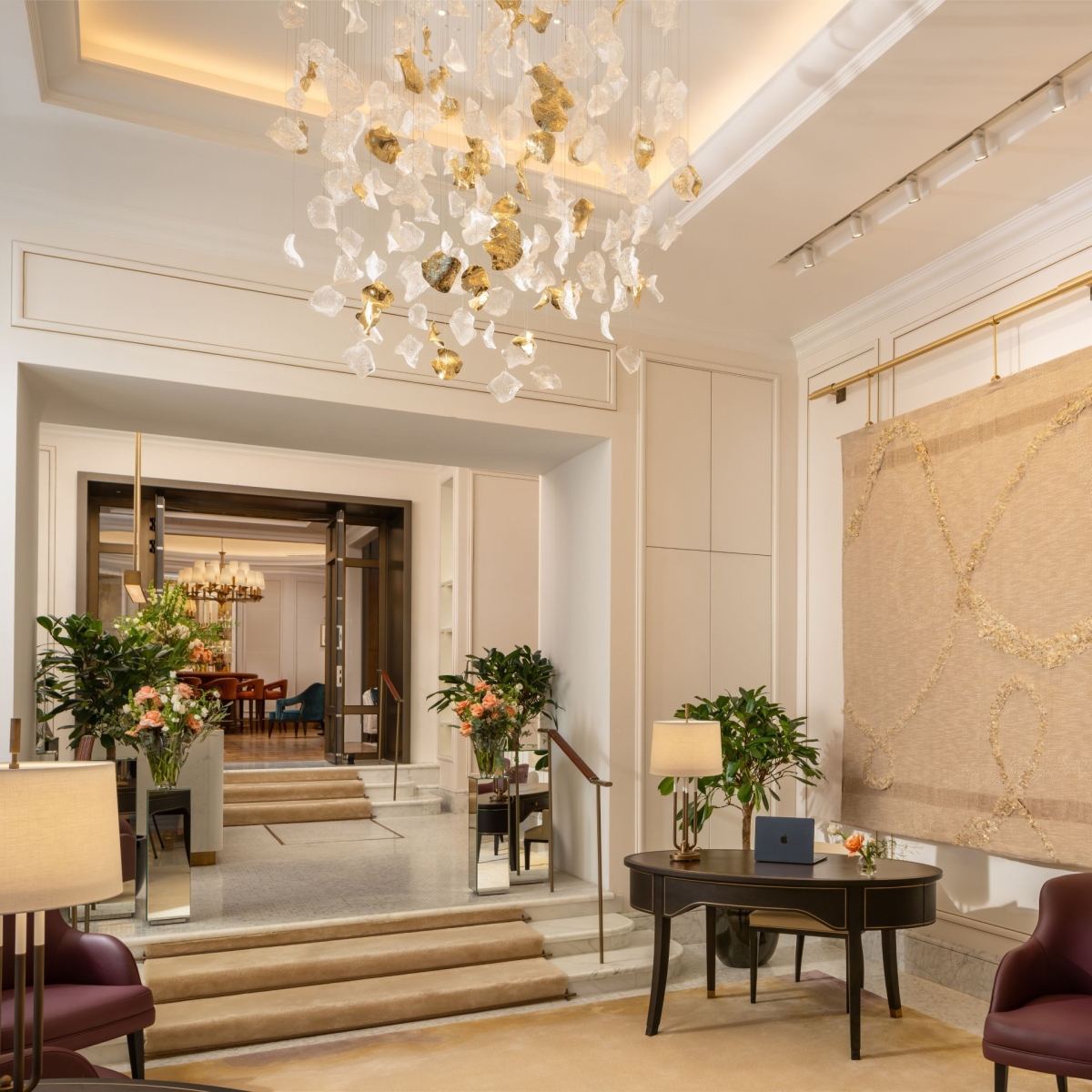
Bucharest – Romania
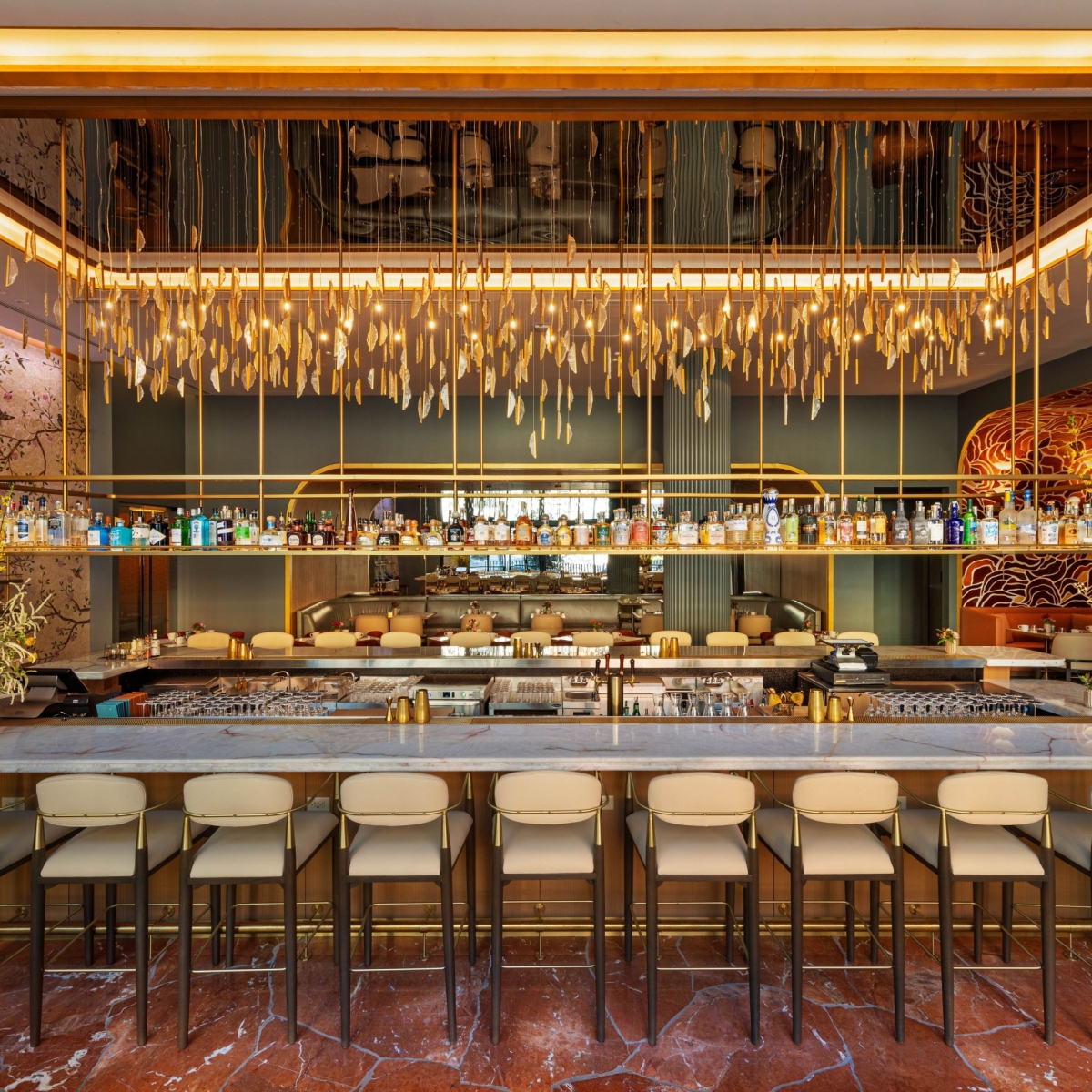
Austin – Texas, USA
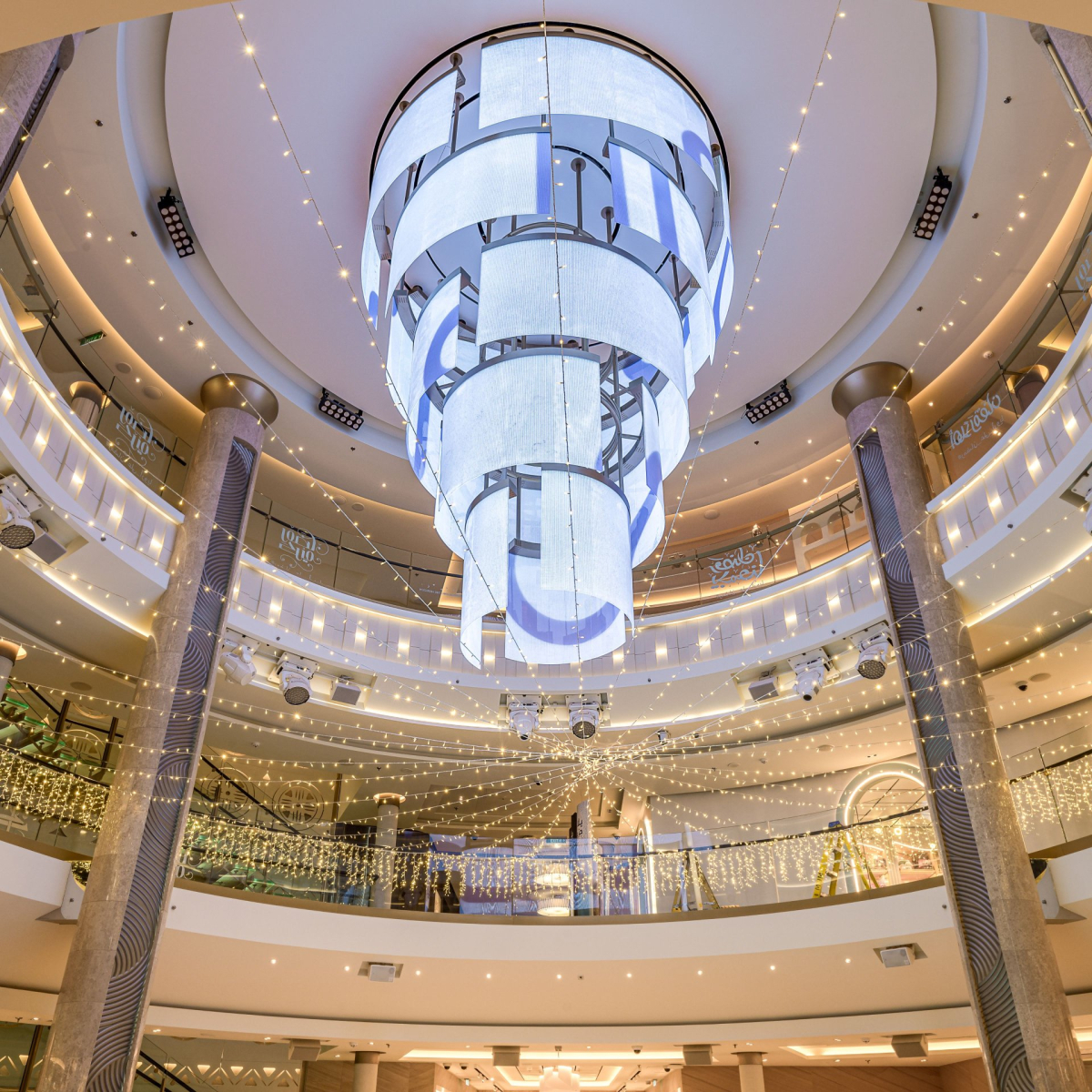
Jeddah – Saudi Arabia
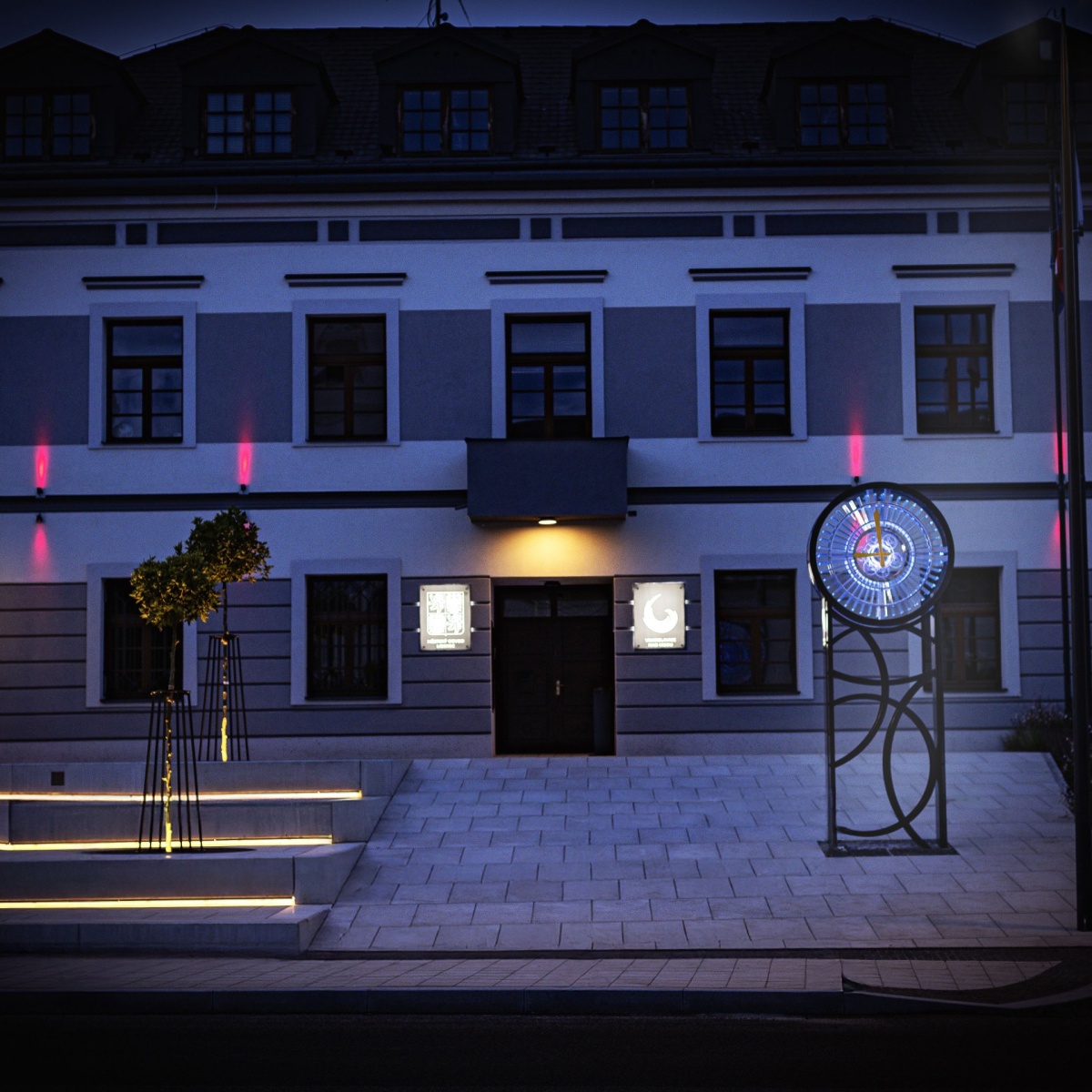
Vratislavice nad Nisou – Czech Republic

Las Vegas – Nevada, USA

Orlando – Florida, USA

Taipei – Taiwan

Singapore

New York – New York, USA

Taipei – Taiwan

Hong Kong – China

Trieste – Italy

Monnickendam – Neatherlands

Osaka – Japan